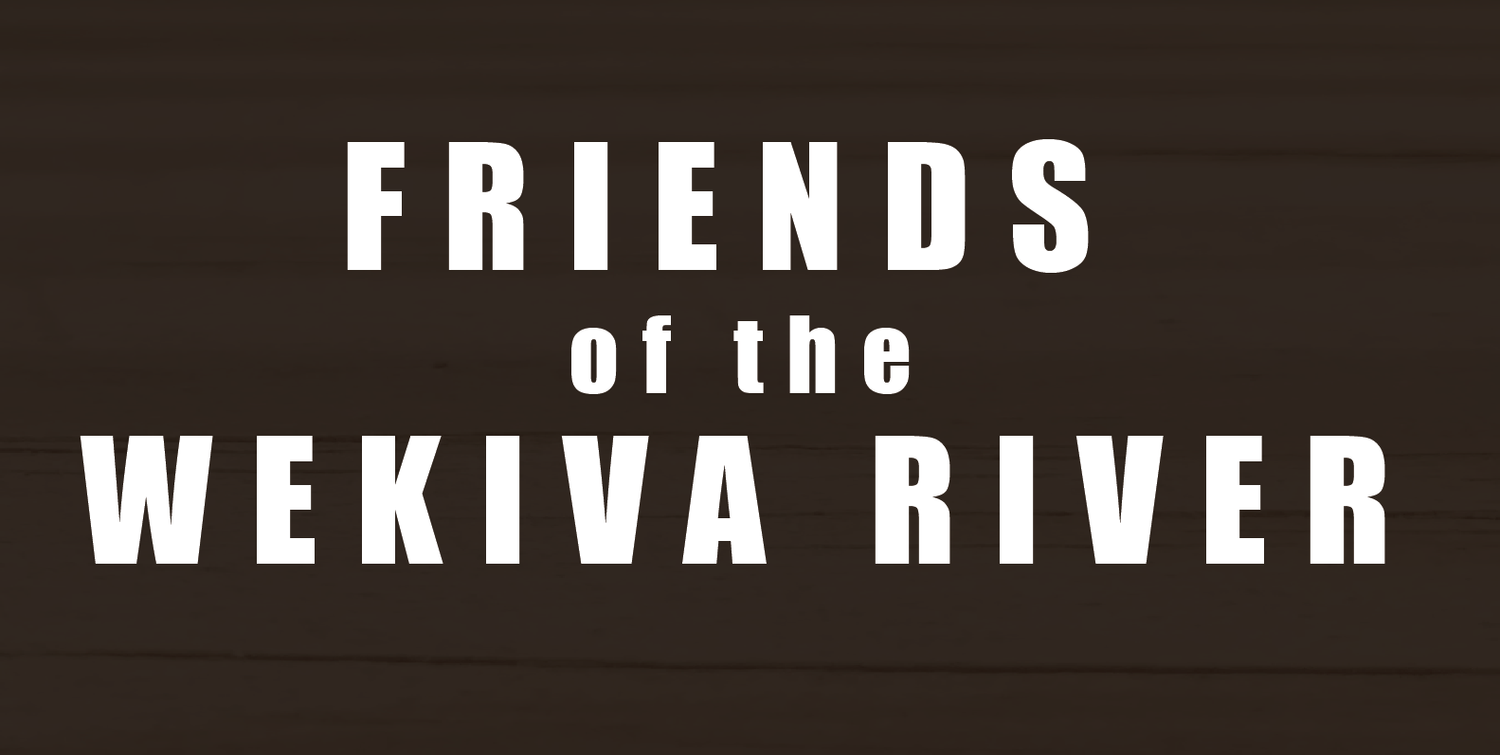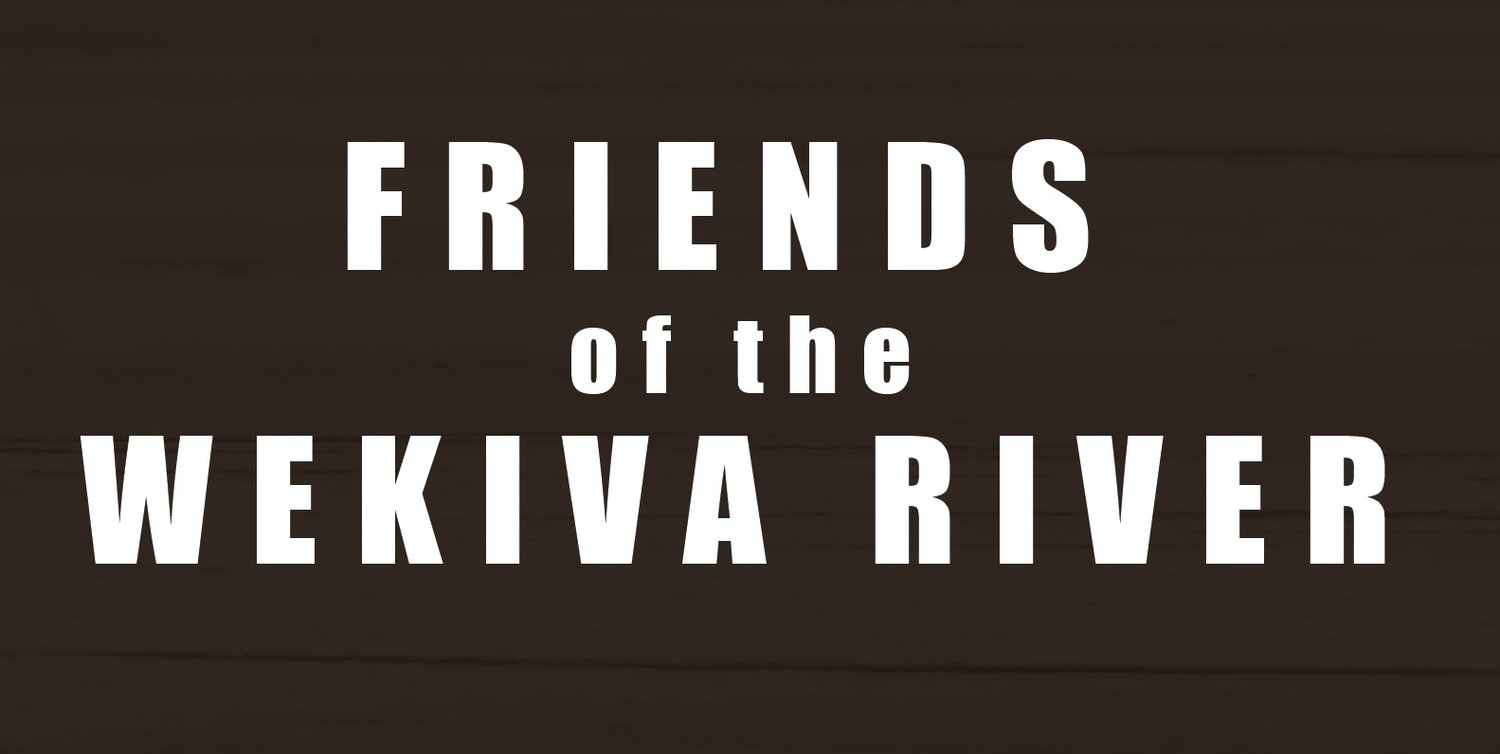State’s Plan to Protect Wekiwa & Rock Springs Won’t Work!
Wekiwa and Rock Springs have a pollution problem. Too much nitrogen and phosphorous are causing excessive growth of algae and other undesirable plant species, such as hydrilla, in the Wekiva River and Rock Springs Run, threatening food sources and habitat for fish.
The Florida Department of Environmental Protection (FDEP) developed a plan to reduce the nitrogen load to Wekiwa and Rock Springs. However, the Friends of the Wekiva River (FOWR) believes that the state’s plan does not fully address the sources of this pollution, and has challenged the plan. Plans for other springs are also under scrutiny. So FOWR, along with a number of other environmental groups across the state, are taking their case to a state hearing in September. We’ll keep you updated on our website (www.FriendsofWekiva.org) and Facebook page and let you know how you can help. Details about donations are below.
The Florida Springs and Aquifer Protection Act of 2016 required FDEP to develop plans known as Basin Management Action Plans (BMAPs) for first order magnitude springs and springs of regional significance, which include Wekiwa and Rock Springs. The BMAP for Wekiwa and Rock Springs was adopted by FDEP in June 2018.
The BMAP estimated that about a million pounds of nitrogen enter the groundwater in the Wekiwa and Rock Springs springshed each year. The major sources include septic tanks (29%), urban turfgrass fertilizers (26 %), wastewater treatment facilities (17%), farm fertilizer (11 %), and sports turf fertilizer (7 %).
The nitrogen concentrations in the springs range from 0.8 to 1.4 milligrams per liter – about four times higher than is considered safe. And phosphorous concentrations are about two to three times higher than the limit. In 2008, because of these high nutrient levels, FDEP designated the Wekiva River and Rock Springs Run as “impaired.”
During development of the BMAP, FOWR provided numerous comments to FDEP to address the plan’s weaknesses. FOWR’s main concern is that the BMAP does not address the entire nitrogen load to the springshed. Instead the plan proposes to only reduce nitrogen loads by about 200,000 pounds per year, which is only about 20% of the total nitrogen load to the springshed.
Also, the BMAP does not account for future nitrogen loads from new residential and commercial development in the springshed. The plan will also allow new septic tanks to be installed during at least the next five years. And the plan only recommends reducing nitrogen from fertilizers by 6-10%!
FOWR believes that the BMAP must identify strategies to reduce the entire nitrogen load to reduce the nitrogen concentrations in the groundwater that reaches Wekiwa and Rock Springs.
As we approach the September hearing, FOWR is working hard and incurring expenses, including for experts who can show the need for improving the plans. As you can imagine, this is a costly effort. We would appreciate any support you could give us. Just go to the home page of our website (www.FriendsofWekiva.org) and click on the “DONATE” button.
We cannot afford to let these precious jewels become over-run with algae! Please help today!

